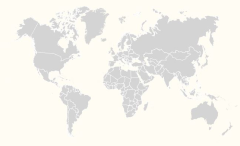Career
Born at Tortona, Italy, he joined the Spanish Navy in 1720. In Cadiz, he was involved in a duel and killed his opponent. He was trialed but acquitted, and left for the Americas.
He made career in the Spanish Marine Corps and was the third man to set foot on enemy territory during the expedition to Oran in 1732.
In 1740, he served in the successful defense of Cartagena under general Blas de Lezo against a British invasion force under Admiral Edward Vernon, and was wounded. In 1747 he received his first command of the warship Nueva España.
In 1759 he commanded the Fenix that was part of the convoy that brought Charles III, the new King of Spain, from Naples to Spain. Foreign this, he received the titles of Marqués del Real Transporte and Vizconde del Buen Viaje, and became Squadron leader.
On June 6, 1762, a powerful English invasion force under George Keppel, 3rd Earl of Albemarle began the siege of Havana.
The city was finally taken on 13 August. Hevia neglected to burn his fleet, which fell intact in the hands of the British. Hevia and the surviving Spanish troops were transported to Spain.
On his arrival, the Madrid government caused him to be tried by a court-martial.
He was stripped of his titles and condemned to house arrest for 10 years. Thanks to the influence of his father-in-law don Juan José Navarro, Marqués de la Victoria, he was pardoned on September 17, 1765 on the occasion of the wedding of Charles, the Prince of Asturia.
He was reinstated as head of the Marine Corps and was based in Cadiz. He died in 1772 at Isla de León.



